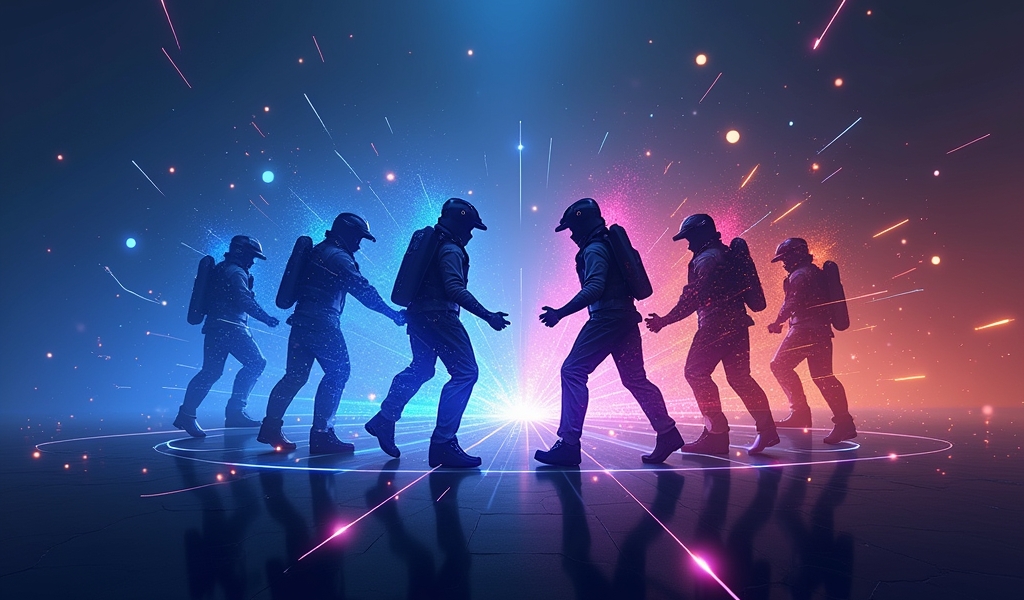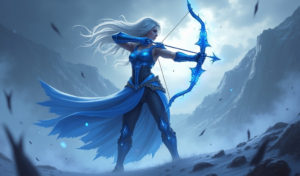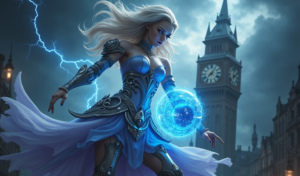Overview
To improve team fighting in League of Legends, players must master seven key tactics including proper positioning, target selection, cooldown tracking, engage timing, vision control, and effective communication. These fundamental strategies work across all ranks and can deliver immediate results in gameplay, transforming hesitant team fighting into dominant performance that ultimately determines victory on Summoner’s Rift.
Table of Contents
Introduction to Team Fighting in League of Legends
Want to improve team fighting skills in League of Legends? You’re not alone. Team fights often determine who claims victory on Summoner’s Rift, making this skill crucial for climbing the ranked ladder. Whether you’re battling in the chaotic mid-game skirmishes or positioning for that game-deciding Elder Dragon, your team fighting prowess can make or break your matches.
In this comprehensive guide, we’ll break down seven proven tactics that can transform your team fighting from hesitant to dominant. These strategies work across all ranks, from Iron to Challenger, because they focus on fundamental principles rather than flashy mechanics alone.
The beauty of working to improve team fighting is that it delivers immediate results. Unlike other skills that might take weeks to develop, implementing these tactics can enhance your performance in your very next game. Let’s dive into these game-changing strategies that top players consistently use to secure their victories.
Mastering Positioning: The Foundation of Team Fight Success
Positioning isn’t just important—it’s everything in team fights. Your location relative to both allies and enemies fundamentally determines your effectiveness in battle. For carries, this typically means staying behind tankier teammates while remaining within range to deal damage. For frontliners, it means creating space and absorbing damage without overextending.
Here’s how to master positioning based on your role:
- ADCs and mages: Stay at maximum effective range, using attack-move to maintain distance from threats
- Tanks and bruisers: Position to zone enemy carries or peel for your own backline
- Assassins: Hover at flanking positions, looking for opportunities to eliminate priority targets
- Supports: Shadow your most valuable teammate or zone enemy threats based on your champion’s strengths
Remember that positioning is dynamic. As experienced League coaches often emphasize, you should constantly reassess your position as the fight evolves. The safest spot at the beginning of a fight might become the most dangerous seconds later.
Practice positioning by watching your own replays and identifying moments where better positioning could have saved your life or secured more damage output. This conscious analysis accelerates improvement dramatically.
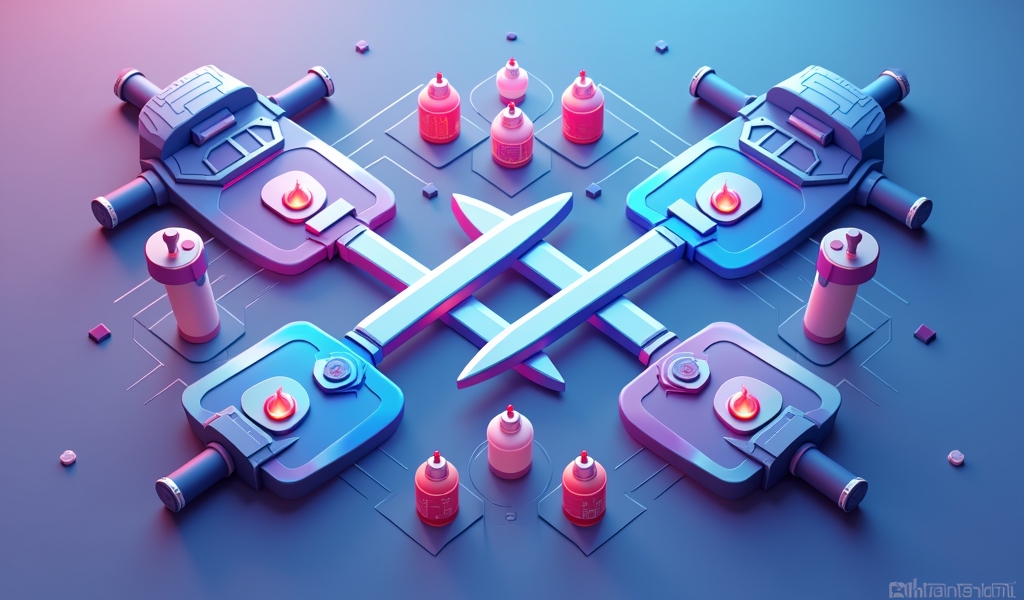
Target Selection and Focus: Eliminating High-Value Targets
One of the most common mistakes that prevents players from being able to improve team fighting effectiveness is poor target selection. Attacking random enemies—or worse, focusing the tank while ignoring the enemy carry—is a recipe for defeat. Smart teams prioritize the highest value targets they can safely reach.
The classic priority order (from highest to lowest) typically looks like this:
- High-damage carries (ADC, mid) who are out of position
- Supports with crucial cooldowns available
- Junglers with remaining CC abilities
- Frontline champions threatening your backline
- Tanks with no immediate threat
However, target selection isn’t always straightforward. Sometimes, the best target is simply the closest safe one. According to official League of Legends gameplay guides, dealing consistent damage to accessible targets often outperforms riskier plays attempting to reach backline carries.
Communication is key here. Call out priority targets in voice chat or ping them in-game. When your team focuses fire effectively, even tanky enemies melt surprisingly quickly. This coordinated approach will dramatically improve team fighting results across all ranks.
Cooldown Tracking: The Unseen Advantage
Elite players gain massive advantages by tracking enemy cooldowns—especially ultimates and critical abilities like Malphite’s Unstoppable Force or Blitzcrank’s Rocket Grab. When these game-changing abilities are unavailable, windows of opportunity emerge that can be exploited.
Start by tracking these key abilities:
- Ultimate abilities (particularly crowd control or high-damage ones)
- Flash (5-minute cooldown)
- Major defensive abilities (Zhonyas, Wind Wall, etc.)
- Primary crowd control skills
You don’t need to track everything at first. Begin with just enemy ultimates and gradually expand your awareness. Improving your map awareness goes hand-in-hand with cooldown tracking, as you’ll need to notice when abilities are used even in areas you’re not directly focused on.
Pro tip: Type enemy Flash timers in chat (e.g., “mid F 13:45”) to help your team track these crucial cooldowns. This practice alone can create opportunities for successful ganks and engagements that would otherwise be too risky.
As you become more comfortable with cooldown tracking, you’ll notice yourself instinctively engaging when enemy threats are on cooldown, substantially increasing your chances to win team fights decisively.
Engage and Disengage Timing: Knowing When to Commit
The decision of when to start a team fight—and when to back off from one—can be the difference between a clean ace and a disastrous wipe. Improving team fighting fundamentally requires mastering this timing, which depends on several factors that high-elo players intuitively track.
Optimal times to engage include:
- When you have a numbers advantage (4v3, 5v4, etc.)
- When you’ve caught an enemy out of position
- After baiting key enemy cooldowns
- When you need to contest a critical objective
- When your team has item or level power spikes
Conversely, smart disengage timing includes:
- When your team loses key members early
- After using major cooldowns without securing kills
- When the enemy team secures a better position
- When another objective becomes more valuable than continuing the fight
According to IGN’s League of Legends guides, even professional teams sometimes struggle with clean disengages. Practicing the discipline to back off from unfavorable fights is as important as knowing when to go in.
Work on improving your objective control alongside engage timing, as these skills complement each other perfectly. The best engages often happen around objectives where you’ve already established vision control.
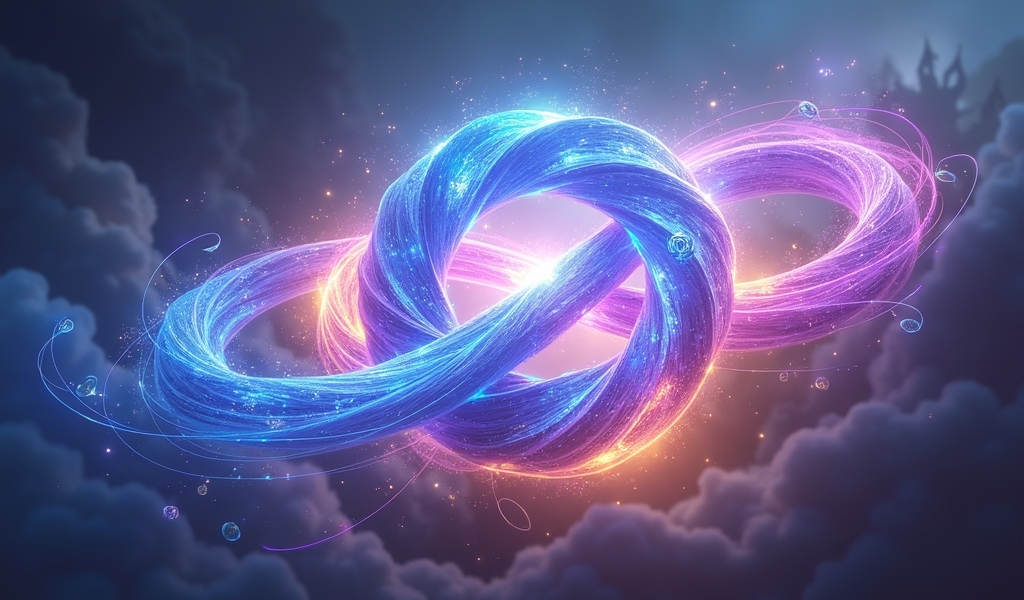
Vision Control Before Team Fights
Vision isn’t just a support responsibility—it’s a team effort that creates the foundation for successful team fights. Without proper vision, your team is essentially fighting blind, dramatically reducing your chances of victory regardless of mechanical skill.
Implement these vision tactics before major objectives:
- Place deep wards in enemy jungle quadrants 1-2 minutes before objectives spawn
- Use control wards to deny enemy vision in key chokepoints
- Sweep suspected ward locations to ensure your team’s movements remain hidden
- Maintain vision of approach paths, not just the objective itself
Improving your vision timing creates information asymmetry that lets you catch enemies rotating or set up devastating ambushes. Even in lower elos where vision is often neglected, being the team that prioritizes it gives you a significant edge.
Remember that vision control is an ongoing process throughout the game. Professional esports coaching emphasizes consistent vision habits rather than sporadic warding. The team with superior vision information almost always has the upper hand in crucial team fights.
Team Communication: The Secret Weapon
Even the best individual mechanics can’t overcome poor team coordination. Clear, concise communication before and during team fights is often the difference between coordinated success and chaotic failure. This is true at all levels, from casual play to competitive League of Legends.
Effective team fight communication includes:
- Calling target focus (“Focus Jinx” or “Kill Soraka first”)
- Tracking key cooldowns (“No Flash on mid” or “Malphite R down”)
- Signaling intentions (“I’m looking to engage” or “I need peel”)
- Coordinating ultimates (“Ori ult ready, group up”)
For players climbing through lower elo, even basic communication gives you an edge over opponents who are likely playing in silence. As you reach platinum to diamond, communication becomes increasingly refined and crucial.
If you’re playing solo, use pings liberally but purposefully. A well-timed “On my way” ping followed by a “Target” ping communicates your intentions clearly without words. This simple communication can dramatically improve team fighting cohesion even with strangers.
Conclusion: Bringing It All Together
To truly improve team fighting in League of Legends, you need to integrate all seven tactics into your gameplay. Start by focusing on one element at a time—perhaps positioning or target selection—then gradually incorporate the others as each becomes second nature.
Remember that team fighting is both an art and a science. The mechanical precision matters, but so does the strategic thinking that happens before the fight even begins. The best team fighters are those who prepare thoroughly through vision control, communicate effectively, and make split-second decisions based on cooldown awareness and positional advantages.
With consistent practice and mindful application of these principles, you’ll notice your team fighting prowess improving dramatically. Your contribution to team fights will increase, resulting in more victories and faster climbing. Most importantly, you’ll experience the satisfaction of turning chaotic skirmishes into calculated victories through skill rather than luck.
So queue up, focus on these tactics, and transform your team fighting from a weakness into your greatest strength. The climb awaits!
Frequently Asked Questions
How do I improve team fighting as an ADC?
Focus on positioning at maximum attack range, prioritize attacking the closest safe target, and practice kiting between auto attacks. Stay patient and don’t frontline, even when tempted to chase low-health targets.
What’s the biggest team fighting mistake in low elo?
The most common mistake is poor target focus, with team members attacking different enemies instead of coordinating damage. A close second is improper positioning, with carries frontlining or tanks failing to engage properly.
How important is item building for team fighting?
Extremely important—adapting your build to counter enemy threats directly impacts your team fighting effectiveness. Consider defensive items like Zhonya’s, Guardian Angel, or Banshee’s Veil when facing high-threat compositions.
Should I always focus the enemy ADC in team fights?
No, you should focus the highest priority target you can safely attack without overextending. Sometimes that’s the ADC, but often it’s whoever is closest or most threatening to your team’s backline.
How do I practice team fighting outside of actual games?
Use the Practice Tool to work on mechanics, watch high-elo replays focusing only on team fights, and analyze your own VODs to identify positioning mistakes. ARAM games also provide excellent team fighting practice in a lower-pressure environment.

